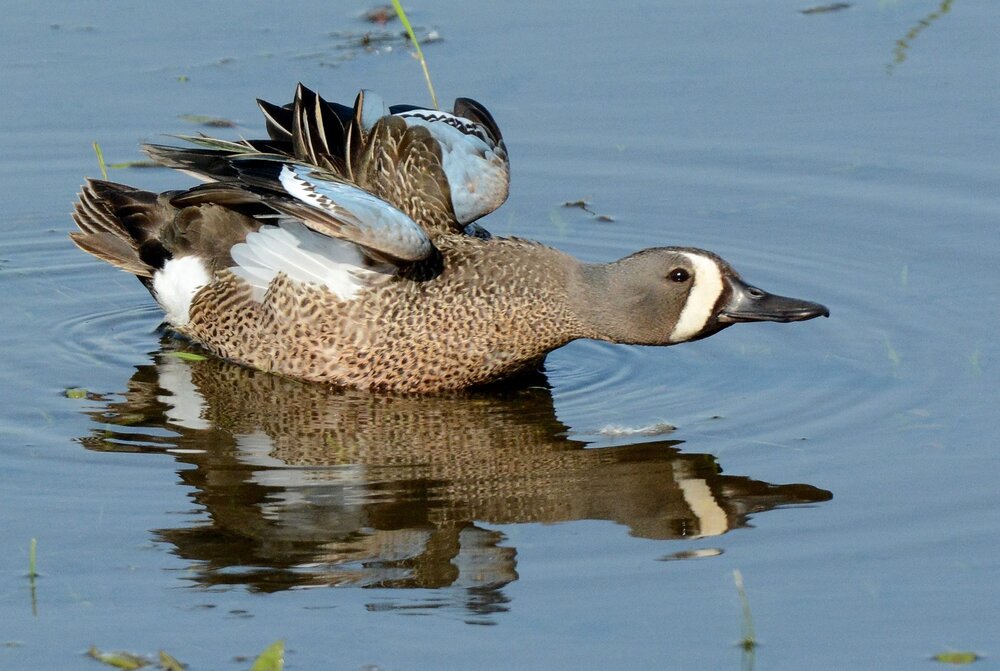
Some signs of climate change are subtle, such as shifting precipitation patterns or altered migration patterns, but some signs are dramatic, with monster storms hammering coastal communities and droughts and wildfires out west. While we know climates are shifting and changing, these signs are becoming more and more obvious as the years pass and the damage compounds.
Refuge Friends members and National Wildlife Refuge System staff are noticing changes on national wildlife refuges in the form of new birds never before seen there. First spotted in 2009 in Delaware, the Roseate spoonbill, a neotropical shorebird, has become a more common migrant to the Mid-Atlantic region. Long found only in southern Florida, Louisiana, and Texas, with breeding grounds in South America, it is remarkable that these birds are now routinely flying farther north into areas where they had never before been seen.

Another remarkable sight was the first-time banding of a locally-raised Blue-winged teal, banded on the Yukon Flats National Wildlife Refuge in Alaska. This bird was young and born that year, and clearly had been born in the area. Typically, Blue-winged teals nest in wetlands and marshes broadly across Canada and into the United States, but this new banded bird is clear evidence that breeding grounds are shifting north into Alaska. In prior years, many wetlands in Alaska were frozen and unavailable for nesting, but with earlier springs, we can probably expect more birds to nest in these national wildlife refuge wetlands and marshes. Many thanks to Jimmy Fox, the Refuge Manager at Yukon Flats NWR, for the teal report!
One of our goals is to expand the boundaries of the National Wildlife Refuge System in an effort to expand wildlife habitat. The Biden Administration has made the expansion of protected lands a priority under the America the Beautiful Initiative, and the National Wildlife Refuge System has the capacity to contribute biologically important lands to the effort to protect 30% of lands and waters by 2030.

